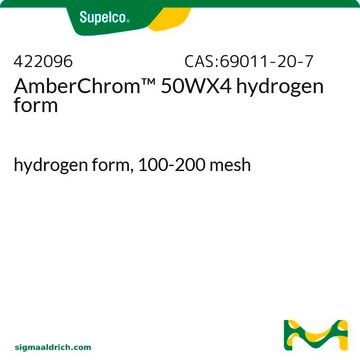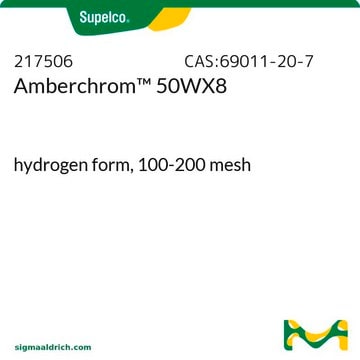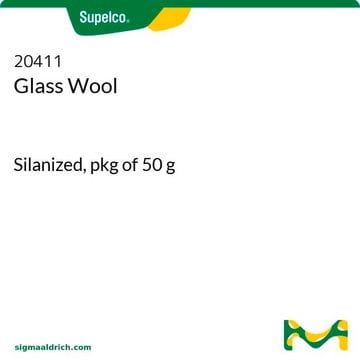295744
Silver
wool, diam. 0.05 mm, ≥99.9% trace metals basis
Sign Into View Organizational & Contract Pricing
All Photos(1)
About This Item
Linear Formula:
Ag
CAS Number:
Molecular Weight:
107.87
EC Number:
MDL number:
UNSPSC Code:
12141740
PubChem Substance ID:
NACRES:
NA.23
Recommended Products
Assay
≥99.9% trace metals basis
form
wool
resistivity
1.59 μΩ-cm, 20°C
diam.
0.05 mm
bp
2212 °C (lit.)
mp
960 °C (lit.)
density
10.49 g/cm3 (lit.)
SMILES string
[Ag]
InChI
1S/Ag
InChI key
BQCADISMDOOEFD-UHFFFAOYSA-N
General description
Silveris a versatile element with a wide range of applications, particularly in thefield of catalysis. It is increasingly utilized in the form of silvernanoparticles (AgNPs) due to their high surface area, making them effective inorganic transformations, photocatalysis, and electrocatalysis. In organicsynthesis, silver catalysts play a crucial role in facilitating variousreactions, showcasing good functional group compatibility and the ability tocatalyze a wide range of transformations.
Application
- Synthesis of silver nanoparticles with different shapes: Details methods to control the shape of silver nanoparticles, important for material science applications where particle geometry affects properties (B Khodashenas, HR Ghorbani, 2019).
- Silver nanoparticles: synthesis, characterization, properties, applications, and therapeutic approaches: Offers a comprehensive review of silver nanoparticles, providing valuable insights for academia and research-oriented applications (XF Zhang et al., 2016).
Signal Word
Warning
Hazard Statements
Precautionary Statements
Hazard Classifications
Aquatic Acute 1 - Aquatic Chronic 1
Storage Class Code
13 - Non Combustible Solids
WGK
WGK 3
Flash Point(F)
Not applicable
Flash Point(C)
Not applicable
Personal Protective Equipment
dust mask type N95 (US), Eyeshields, Gloves
Certificates of Analysis (COA)
Search for Certificates of Analysis (COA) by entering the products Lot/Batch Number. Lot and Batch Numbers can be found on a product’s label following the words ‘Lot’ or ‘Batch’.
Already Own This Product?
Find documentation for the products that you have recently purchased in the Document Library.
Rui Wang et al.
Journal of nanoscience and nanotechnology, 13(6), 3851-3854 (2013-07-19)
The present studies reveal that silver nanoparticles (AgNPs) can induce apoptosis and enhance radio-sensitivity on cancer cells. In this paper, we mainly investigated the effect of AgNPs on rat glioma C6 cells upon the combination treatment of hyperthermia treatment (HTT).
Jennifer H Miller et al.
Water environment research : a research publication of the Water Environment Federation, 85(5), 411-421 (2013-06-26)
Water resource recovery facilities have been described as creating breeding ground conditions for the selection, transfer, and dissemination of antibiotic resistance genes (ARGs) among various bacteria. The objective of this study was to determine the effect of direct addition of
Jaya Sundaram et al.
Journal of nanoscience and nanotechnology, 13(8), 5382-5390 (2013-07-26)
Silver/biopolymer nanoparticles were prepared by adding 100 mg silver nitrate to 2% polyvinyl alcohol solution and reduced the silver nitrate using 2% trisodium citrate for high performance Surface Enhanced Raman Scattering (SERS) substrates. Optical properties of nanoparticle were measured using
Muthusamy Prabhu et al.
Journal of nanoscience and nanotechnology, 13(8), 5327-5339 (2013-07-26)
In this study, silver-doped silica- and phosphate-based nanobioactive glass compositions (58SiO2-(33- x)CaO-9P2O5-xAg2O) (x = 0, 0.5, 1, 2 and 3 mol%) were synthesised by a simple and cost-effective sol-gel method. The prepared samples were characterised by X-ray diffraction, Fourier transform
S S Sudha et al.
Indian journal of experimental biology, 51(5), 393-399 (2013-07-05)
Silver nanoparticles is known to have antimicrobial affects. Cyanobacteria isolates from muthupet mangrove includes Aphanothece sp, Oscillatoria sp, Microcoleus sp, Aphanocapsa sp, Phormidium sp, Lyngbya sp, Gleocapsa sp, Synechococcus sp, Spirulina sp with were set in compliance with their cellular
Our team of scientists has experience in all areas of research including Life Science, Material Science, Chemical Synthesis, Chromatography, Analytical and many others.
Contact Technical Service









